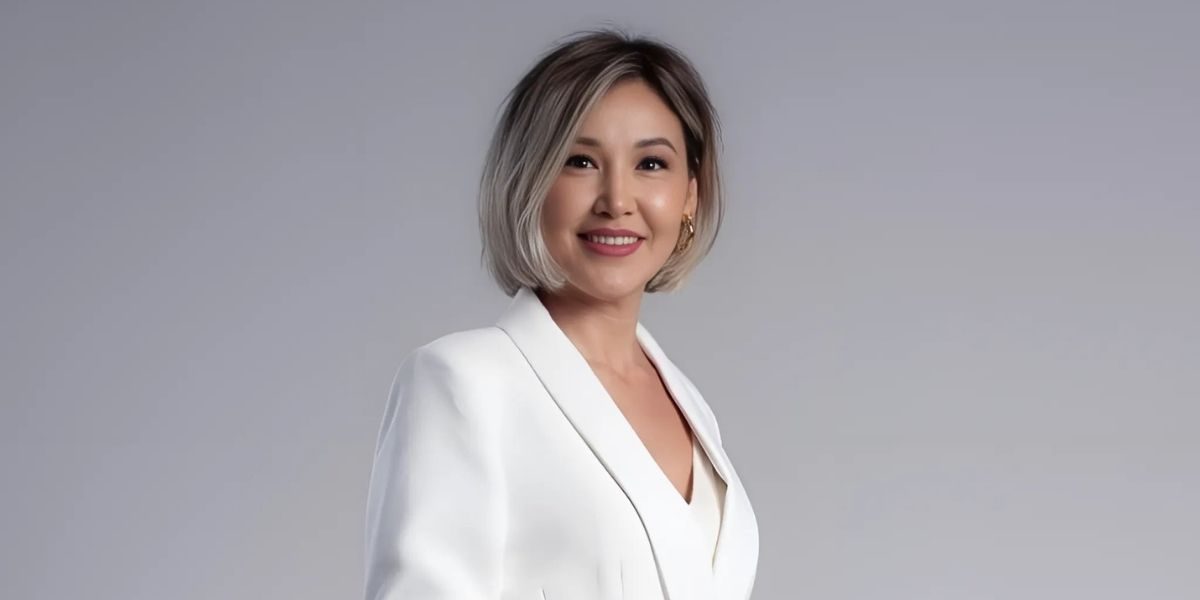By: Jeffrey Bray
Gulmira Khvan is an innovator in permanent makeup and the developer of the unique 4D micro-reconstruction technique. She is actively expanding her practice in the United States, where her methods are transforming perceptions of how permanent makeup can combine aesthetics, medicine, and psychological comfort. In an interview, Gulmira shared her insights on the impact of her innovations on the beauty industry and the specifics of working with clients in America.
How do you evaluate the development of the permanent makeup industry in the US?
The permanent makeup industry in the United States is experiencing rapid growth, reflecting a broader shift in how beauty and self-care are perceived. Once considered a niche cosmetic procedure, permanent makeup has now evolved into a crucial aspect of self-care for many individuals. It goes beyond mere aesthetics, becoming a way for people to streamline their beauty routines and enhance their natural features with long-lasting results. The growing demand for these services indicates a shift in consumer attitudes, with clients seeking more than just a quick fix; they want solutions that fit seamlessly into their busy lives and contribute to their overall well-being.
As client expectations evolve, there is an increasing desire for natural, subtle results that enhance individuality rather than create a “one-size-fits-all” look. People seek personalized treatments that align with their unique features and preferences. In response, practitioners are working harder than ever to refine their techniques, incorporate advanced technologies, and offer customized solutions tailored to each client. Despite this progress, the industry still holds substantial innovation potential. New methods, tools, and formulations are constantly emerging, creating exciting opportunities to improve permanent makeup procedures’ precision, safety, and personalization. The industry’s future promises even more incredible advancements as it continues to blend beauty with self-care in fresh and dynamic ways.
What are the specific features of working with American clients?
Americans value professionalism and transparency. They want a clear understanding of what is being offered, what materials are used, and what the results will be. The legal aspect is crucial: clients are accustomed to clear contracts and insured procedures. Additionally, they are more engaged in the process and actively ask questions.
How has your 4D micro-reconstruction technique influenced the US market?
My method has introduced a new concept to permanent makeup. It’s an aesthetic solution and a means of restoration, such as after surgeries or injuries. I’ve noticed a growing interest in permanent makeup in the US. Clients don’t want simply “drawn-on” brows or lips; they want to restore what’s lost or enhance what’s natural. The 4D micro-reconstruction technique perfectly meets these demands, and I’m delighted to fulfill this need.
What trends are you observing in the US beauty industry?
A key trend is the pursuit of naturalness. People want to look “not made up” but well-groomed. There’s also a growing demand for sustainable and safe procedures. For example, many clients choose permanent makeup to save time on daily makeup while achieving longer-lasting results.
What are the most common client requests?
The most popular requests are correcting eyebrows’ shape and color, restoring lip color, and reconstruction after injuries or surgeries. Recently, there’s been an increased interest in permanent makeup. Clients seek specialists who can help with scar reduction, vitiligo correction, or nipple reconstruction following mastectomies.
How do you see the future of permanent makeup in the US?
I’m confident that the permanent makeup field will continue to grow. People are realizing that this is not just about cosmetics but also about genuine help restoring confidence and quality of life. Moreover, more practitioners will be trained in techniques that integrate aesthetics and medicine.
What advice would you give to professionals who want to work in the US?
First, undergo quality training and certify your qualifications. Clients in the US are very particular about a practitioner’s reputation. Second, understand local laws and standards. Finally, be ready for constant self-improvement, as the dynamic market demands innovative solutions.
Disclaimer: This article is for informational purposes only and does not constitute medical, legal, or professional advice. Trained and certified professionals should perform permanent makeup procedures, and individuals considering these treatments should consult with qualified practitioners to understand potential risks and benefits. Results may vary based on individual skin types, techniques used, and aftercare. Additionally, regulations governing permanent makeup practices vary by state—clients and professionals should ensure compliance with local laws and standards.
Published by Stephanie M.
















